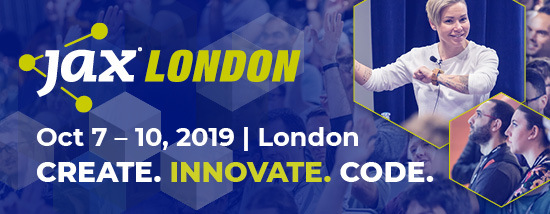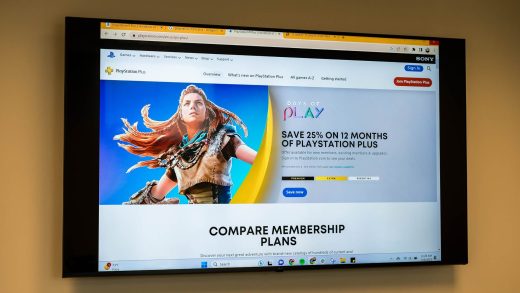Anyone with any amount of experience in the Java ecosystem — even just a little — knows it has a wealth of support features. There are two broad segments of this support: a robust selection of developer tools and software and just as many third-party libraries or frameworks.
Libraries, like frameworks, compile a vast selection of conventional programming and development functions into a single package. Generally, they are open-source and readily available for free. Essentially, they exist to eliminate a lot of the tedium and repetition that occurs in application and software development.
A library consists of a robust selection of class definitions or pre-written code that other developers have created. Instead of defining each class, operation, or function in every application from scratch, you can include a library which allows you to reference the existing code chunks. It’s much like going to a physical library and borrowing a book; only with programming, you’re going into a digital library and borrowing classes or functions.
Basics aside, the Java community is almost overflowing with libraries you can use. There are so many it can be challenging to narrow down your options. Where do you start? How do you know you’re making the best choice?
Assess your needs
Before doing anything, you first need to assess the current scope of the project and consider what you’ll need from the libraries you incorporate. More commonly, developers end up needing a specific type of library over something generic. To name a few, there are libraries for logging, JSON parsing, unit testing, HTTP, XML, database connection pools, and messaging.
There are also general-purpose or generic libraries like Apache Commons or Google Guava. They work to simplify a variety of tasks as opposed to something more specific. General-purpose libraries do offer a lot of help, but if you need something specific, it’s much more helpful to decide what to use up front. If you don’t, you’ll be writing the necessary code yourself, which can take quite some time.
Grade the library
As you might expect, not all libraries are equal. Some offer a healthy selection of classes and functions, yet they may have become deprecated. This means they no longer have support from a development standpoint. Alternatively, they might still be in active development, but the documentation is lacking or nonexistent, which makes using them incredibly difficult.
Whatever the case, you’ll want to grade the library before you include it in your next project. Consider how well-documented it is, as well as how active the support community is. Are there developer forums where you can get help from others? Is there bare-bones API documentation, or are there tutorials, guides, and samples too?
Generally, you can assess or measure the grade of a library by comparing it to others. If it’s lacking, you know to stay away. If it offers a healthy supply of support options, you’re good to go.
Check stable/unstable/testing status
Is the library in active development? If the answer is no, that’s OK. It’s not necessarily a deal-breaker as long as the library is well-documented, has some kind of active community behind it, and is relatively problem-free.
If it is active, you’ll want to consider its current status. Is it stable or in its early testing phase? A stable release is often streamlined and free of bugs and common issues, even though some might still appear. An unstable release, on the other hand, is “bleeding-edge,” which means the latest version probably hasn’t been through the wringer yet.
Of course, these things affect your project considerably, so decide based on what you need and prefer.
SEE ALSO: Java ecosystem meets blockchain in the Aion Virtual Machine
Is it popular?
With popular libraries and frameworks, you get a lot more bang for your buck. They often have a bustling community behind them of like-minded developers who are actively using the library in their projects. Also, many experienced and knowledgeable developers have worked with the library in the past. That is going to help you significantly when you need advice or guidance, or even when you need to hire someone who knows what they’re doing.
Sometimes, you might like one library more than another, but find it more beneficial to go with the more popular one because it has more support and is more widely used.
Do you like the API?
This last point is tricky because it involves using the library and its content, at least for a period. An API, or application programming interface, is what expressly allows you to tap into the integrated content of the library. It’s primarily a matter of personal preference, but it affects the overall experience. If you don’t enjoy using the API or working with it directly, you’re going to have a rough go of it.
You learn more in the doing
Finally, keep in mind you’ll learn a lot more about a particular library when you start to call upon it. Working with the API is one excellent example. But you might also find the library doesn’t help you as much as you thought, maybe because it lacks the necessary classes or modules you need. Furthermore, it’s also possible active development changes the experience. You might start with one library, but through the course of several updates, it becomes less reliable or causes a host of issues for your project.
The best way to deal with this is to incorporate a library review period into your regular development to consider the direct value it is offering you. It’s better to decide early on that you need to swap libraries than toward the end of a project. Not only will it save you a headache — it will save you time and money, too.
The post How to choose the right Java library appeared first on JAXenter.
Source : JAXenter


















